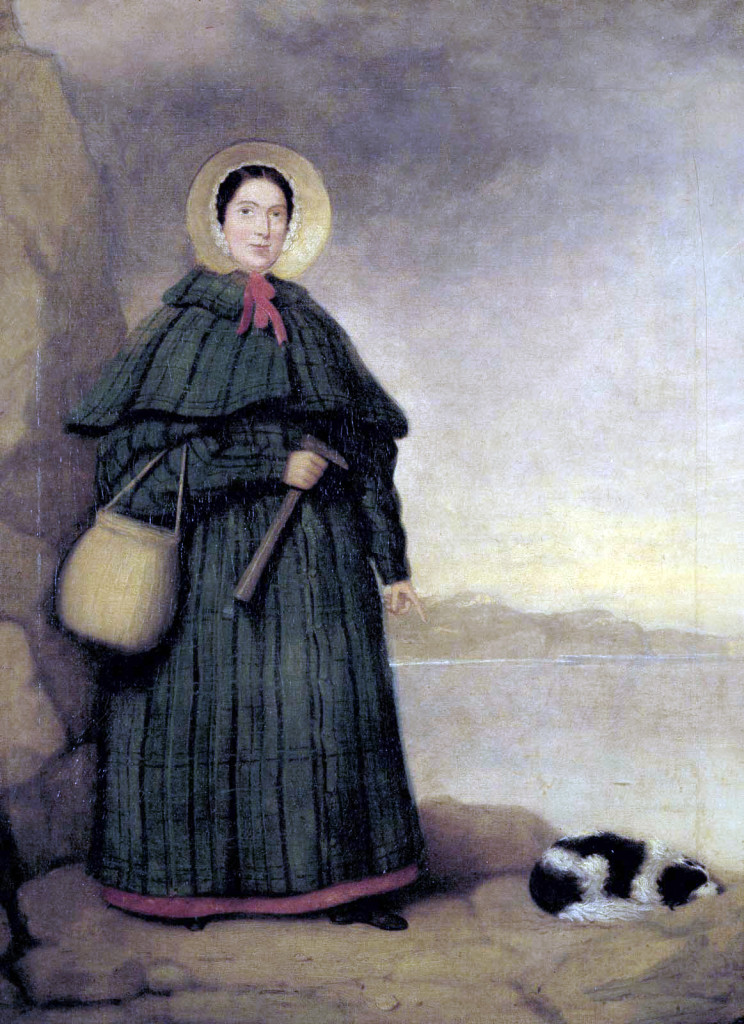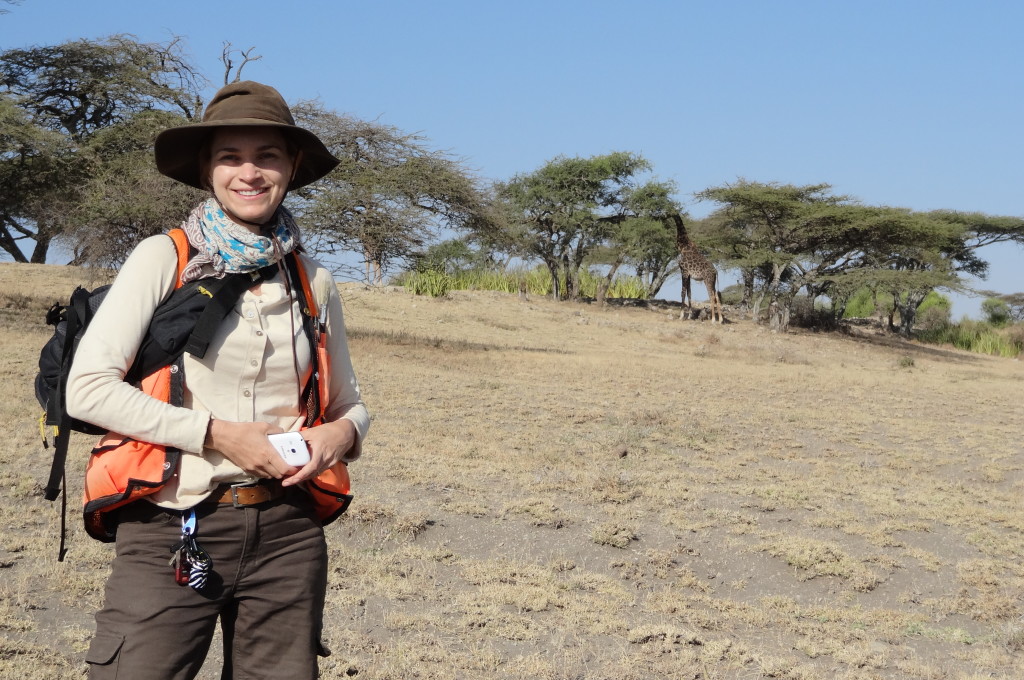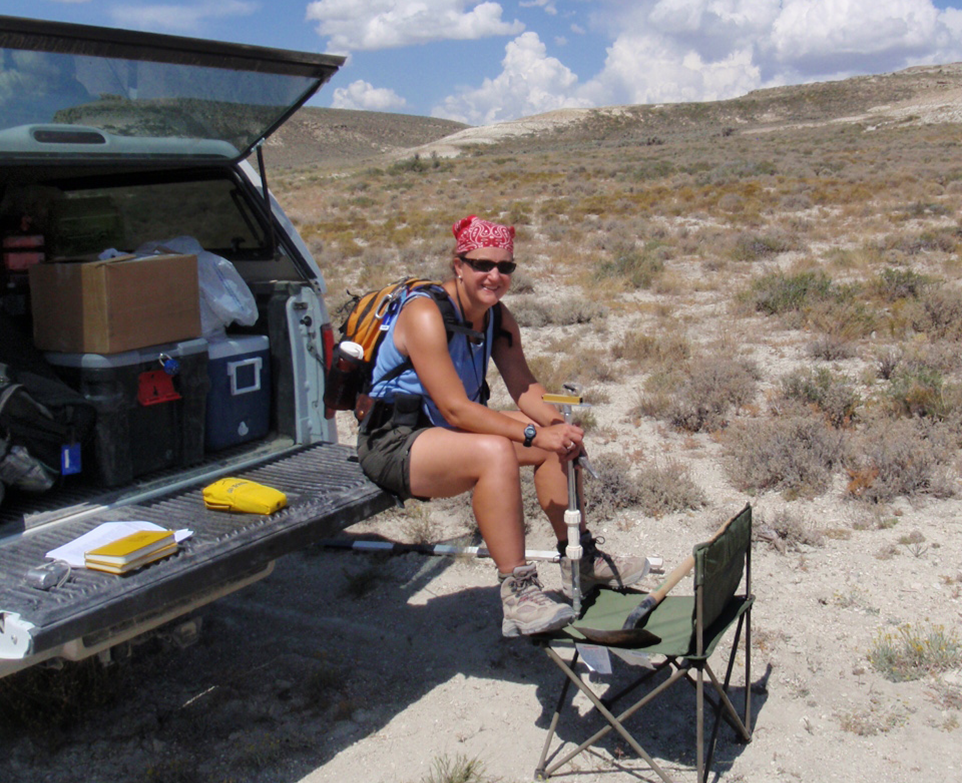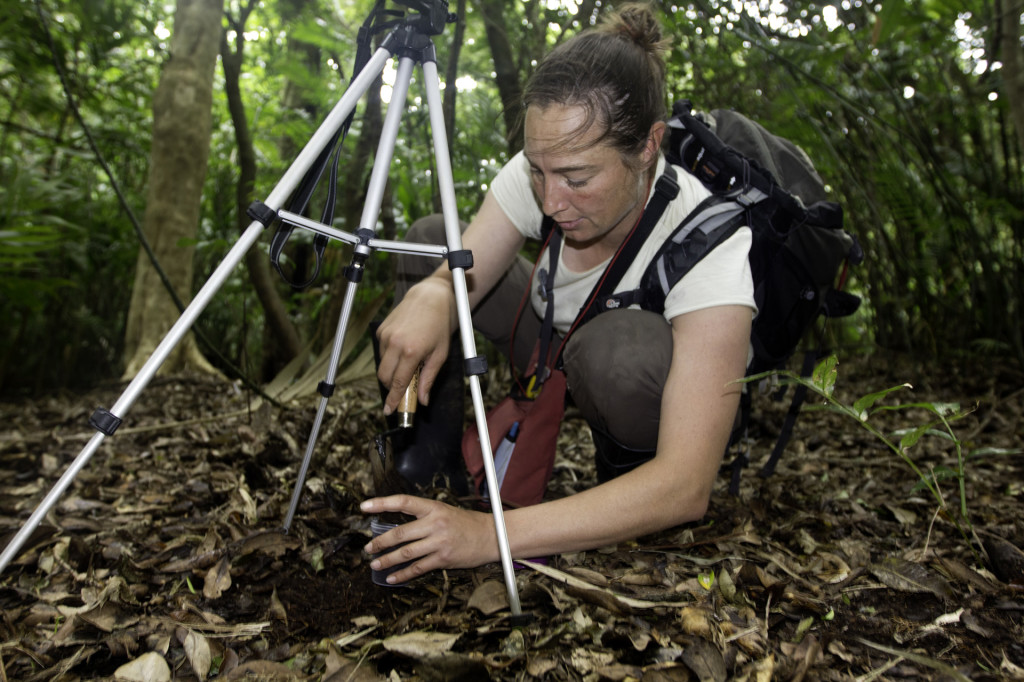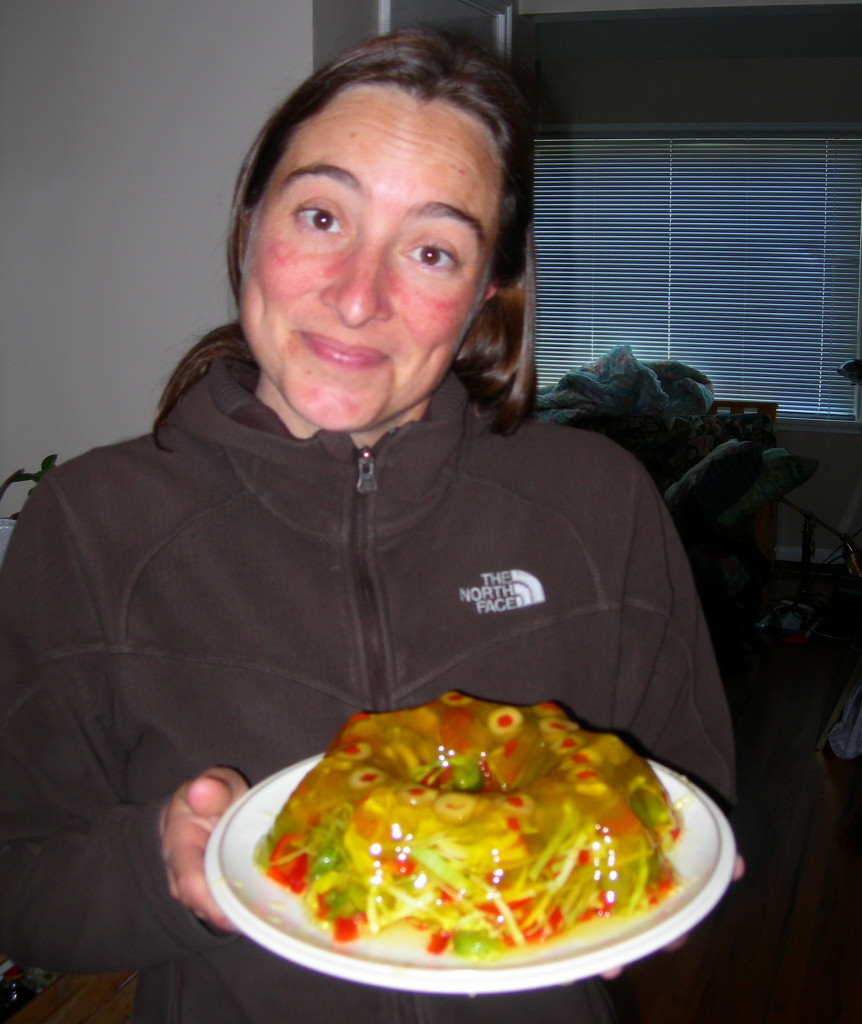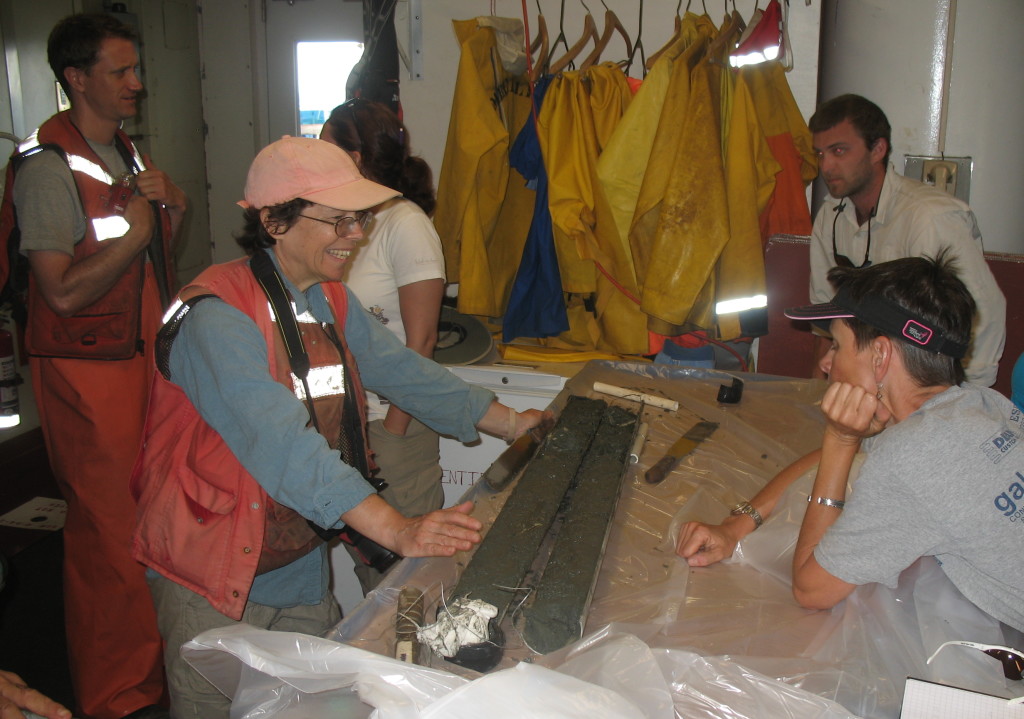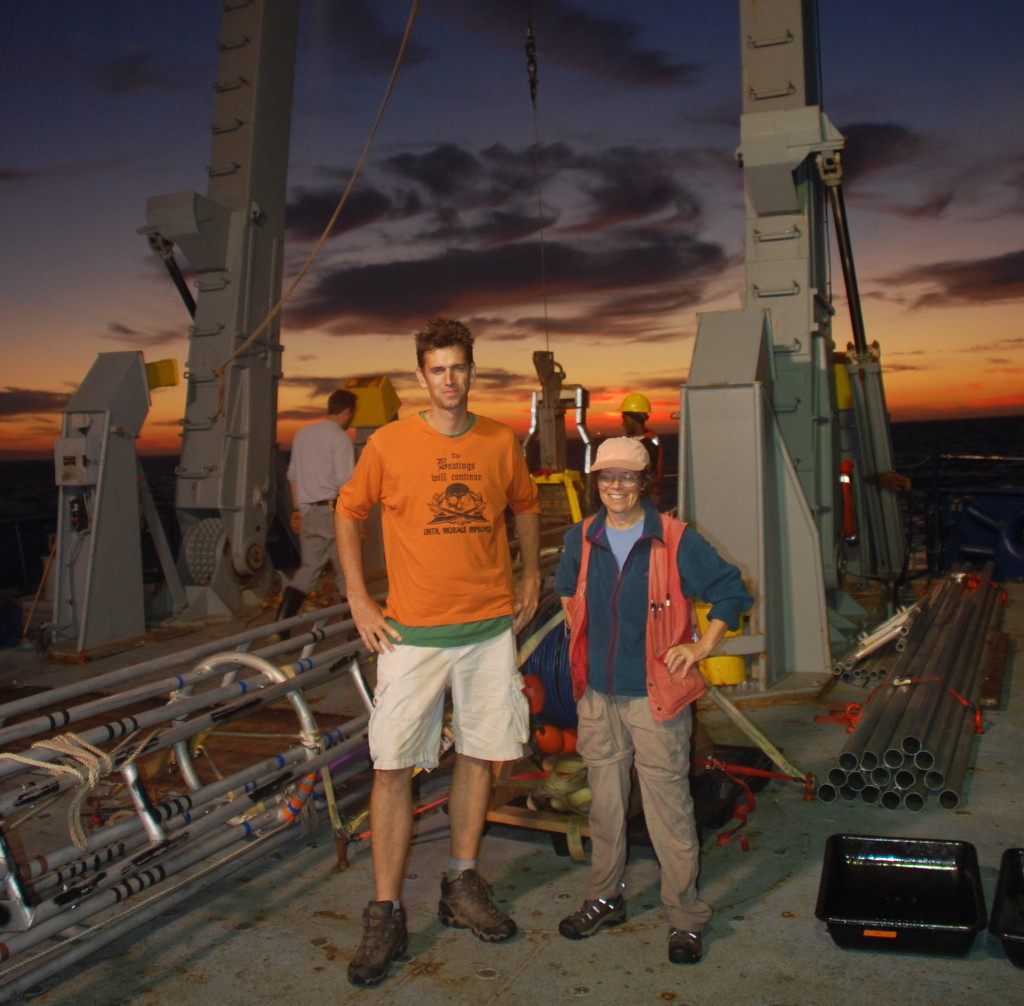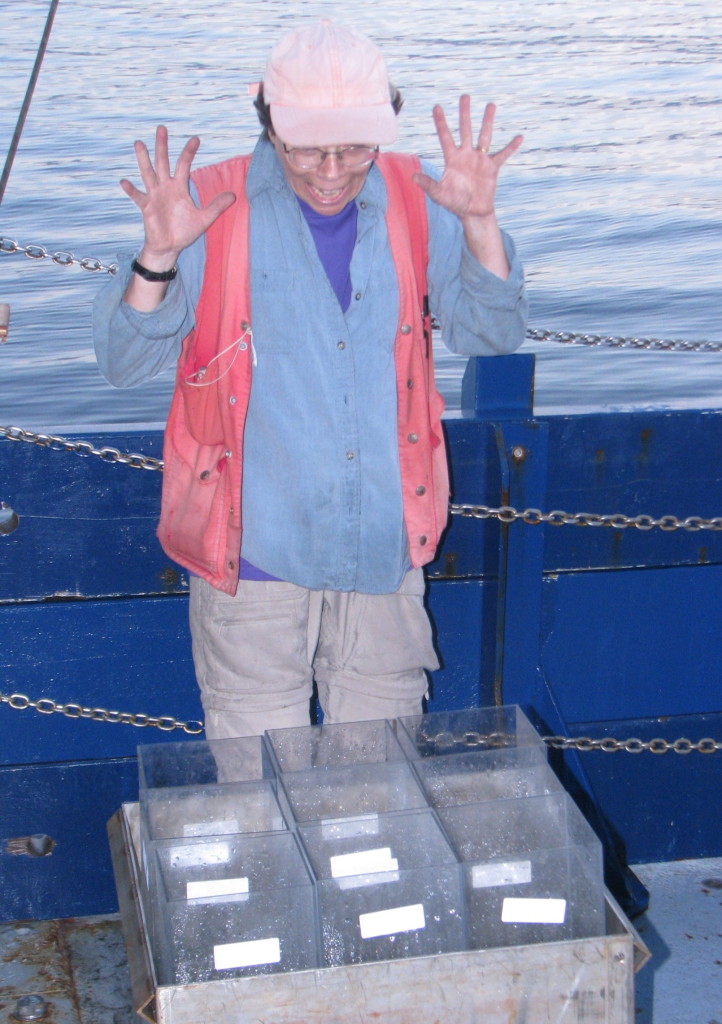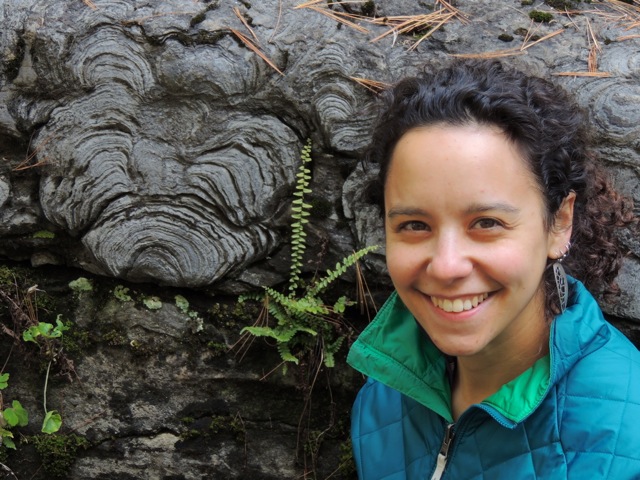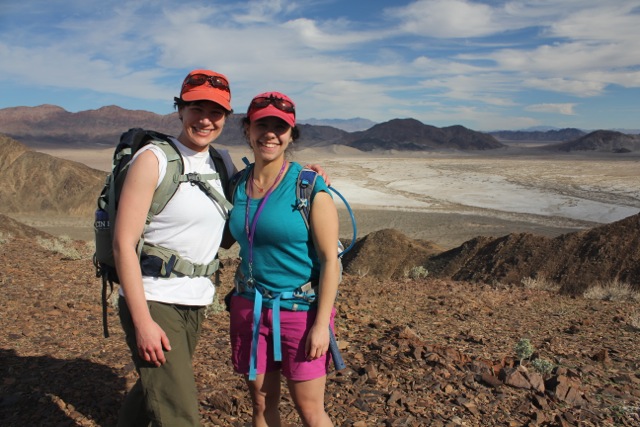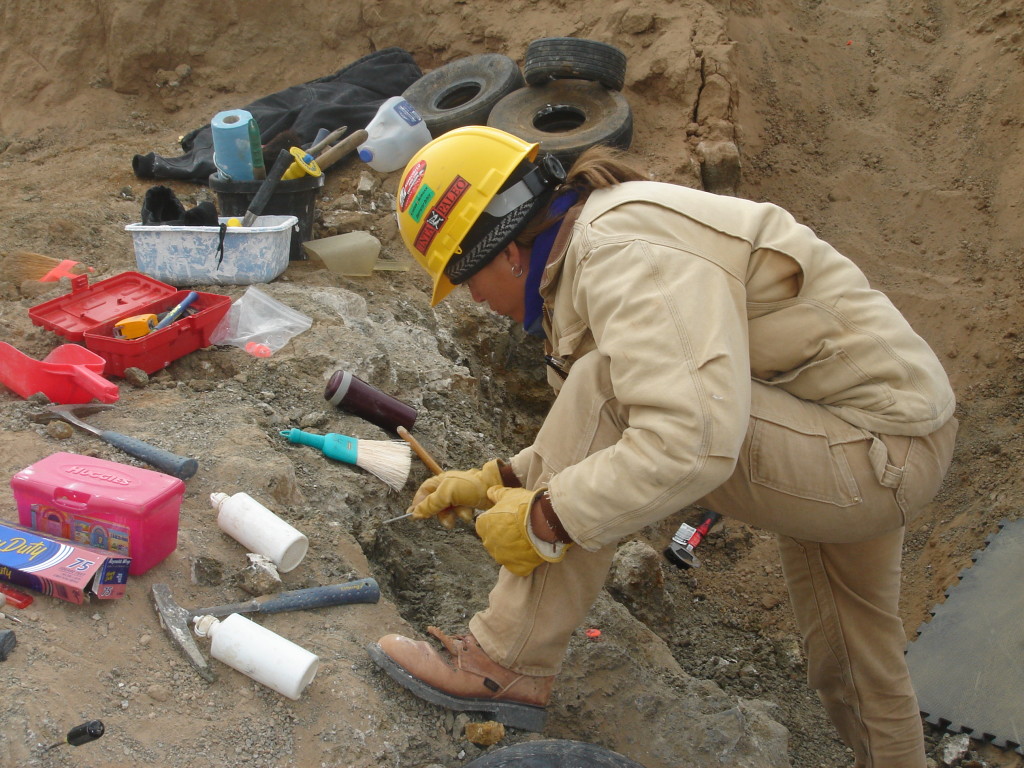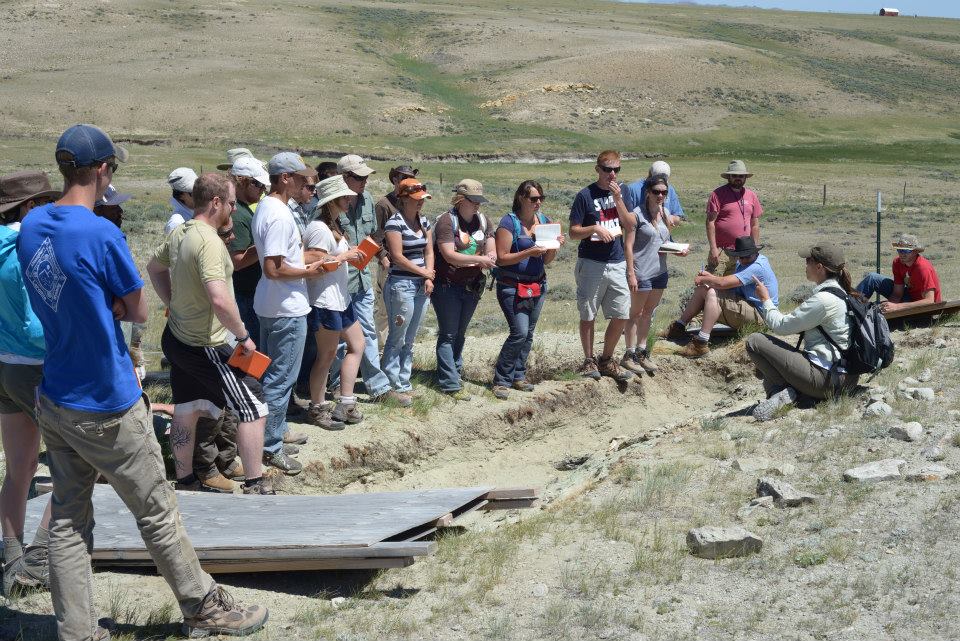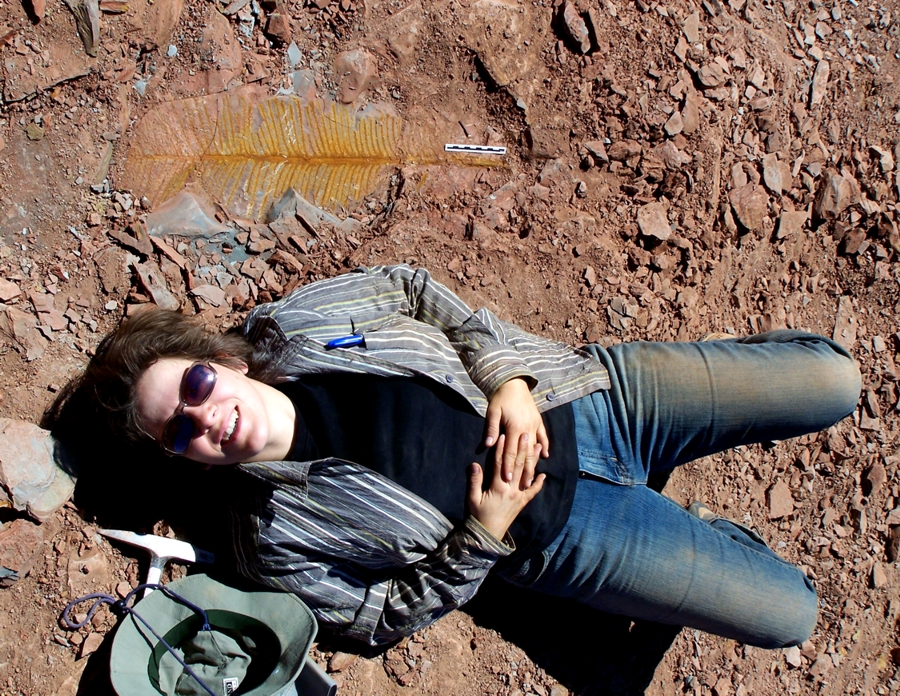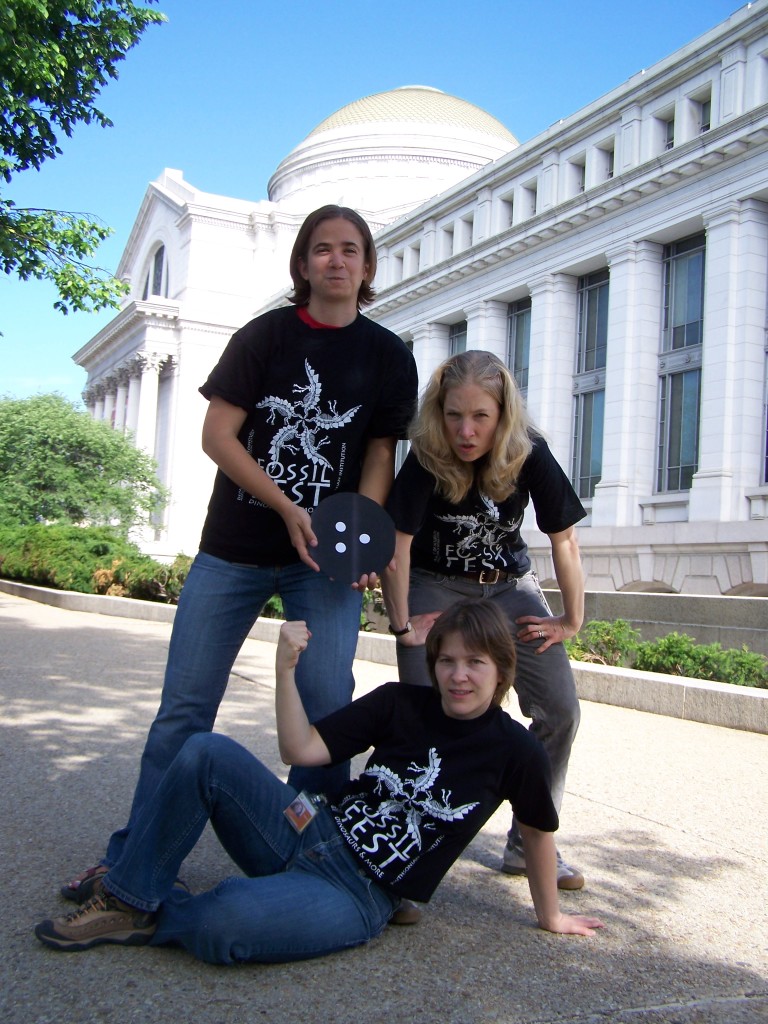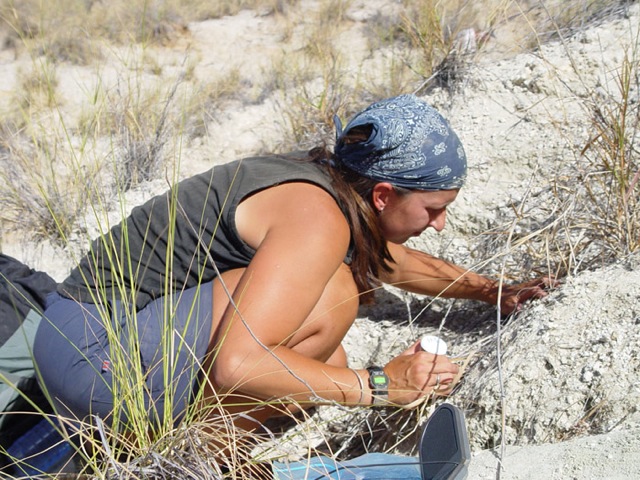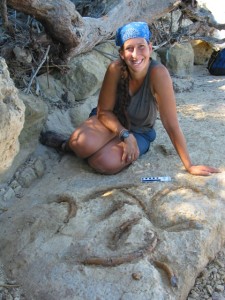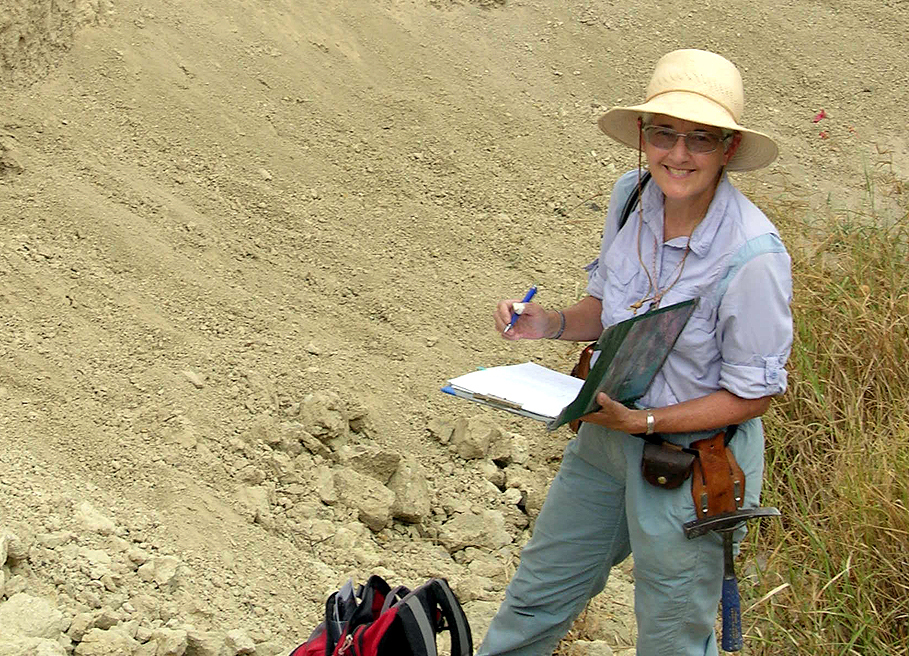
PhD from Harvard, BS from Washington University
Field sites past & present: USA (Southwest, Great Plains, Rocky Mountain states), Kenya (Lothagam Hill, East Turkana, Amboseli, Kanjera, Baringo, Olorgesailie, Tsavo), Pakistan, Cameroon, Belize, Ethiopia, South Africa
Photo by Rick Potts
When paleontologists whose field skills and savvy you admire rave to you about how amazing a colleague is, that’s bulletproof evidence that she is! Dr. Kay Behrensmeyer was always on my list to include, but many colleagues wrote and even called to ask me to get her profile in here.
When I asked Kay for some pictures and a list of field sites, she sent a comprehensive list of locations, years, PIs, and project objectives. Always the detailed and well-organized field scientist! (Do check out her chapter in Michael Canfield’s edited volume Field Notes on Science & Nature to pick up a few tips on how to keep a good field notebook!) The range of countries and geologic ages Kay has studied is incredible. So many of us focus on a single time period or geographic area, but as Kay wrote to me, “My long-term goal has been to touch down in as many time periods as possible, in the terrestrial record, to see how vertebrate (and some plant!) taphonomy and paleoecology plays out over the Phanerozoic up through the Recent. Still haven’t hit the Carboniferous, Permian, Eocene-Oligocene though I’ve been on field excursions for some of these.”
Because it is impossible to distill Kay’s field research down to a single paragraph, I’m going to focus on just one: the Amboseli (Kenya) Bone Taphonomy Project, which Kay has led for almost 40 years and she considers one of her proudest achievements. Kay’s early work at Amboseli included defining weathering stages for modern bones and determining how long a bone would have to lie on the surface to reach each stage of decomposition. This is important not just to understand how much time is represented by fossil or archeological site, but also because skeletal remains could be used to census modern populations (they don’t move on their own!). Kay has collaborated with ecologists at Amboseli to test just how faithfully modern skeletons (death assemblages) record the living populations. Are the same species present? Does a species have the same relative abundance in both life and death assemblages? The Western and Behrensmeyer 2009 Science paper (one of my all time favorites) is a compilation of 40 years of data and shows that death assemblages do accurately record the changes that are occurring in the living communities.
I have not yet been in the field with Kay. Luckily, Dr. Scott Wing, one of Kay’s colleagues at the Smithsonian, made a point of calling me to share his adventures with Kay in Cameroon. The group was staying in town and driving each morning out to a field site. They’d been working the same site for a week when one morning, while getting out of the car, Scott saw a green mamba. (From Wikipedia, “Its venom is a highly potent mixture of rapid-acting presynaptic and postsynaptic neurotoxins (dendrotoxins), cardiotoxins and fasciculins.” Eek!) Scott was understandably frightened, but as he didn’t say anything about the snake so as not to alarm anyone else. Later in the day, he excitedly told Kay what he’d seen, and she replied, with just the faintest touch of boredom in her voice, “Oh yeah, it’s been there all week.” The next field site the group visited consisted of small outcrops separated by tall grass. Scott explained that after the green mamba incident, it was scary to walk from outcrop to outcrop because he couldn’t see his what his feet might come down on (another mamba, perchance?). So he walked slowly and cautiously between outcrops. Kay, on the other hand, moved quickly and purposefully through the grass. It was clear that she couldn’t wait to explore the next outcrop for fossils and wasn’t going to let things like venomous snakes stand in her way. That confidence and inquisitiveness inspired Scott to put aside his fears and keep up with her.
I suspect that many people reading this have been in the field with Kay and have their own favorite Kay story. As part of my ongoing search for inspiration, I’d love to hear these tales, and I’m sure I’m not the only one. If you have a few minutes to stroll down memory lane, how about jotting a small memory in the comments below? (I really wish I’d thought to invite you all to do this sooner, so if you have fun stories about field work with previously profiled scientists, please share those in comments on the appropriate pages.)
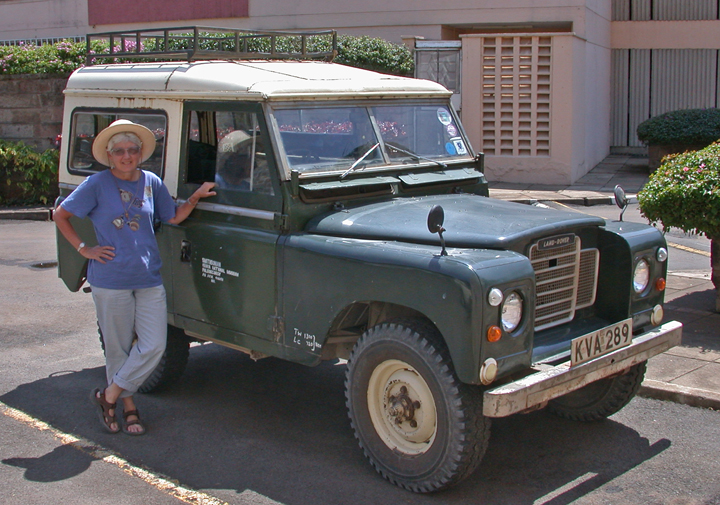
For more information on Dr. Kay Behrensmeyer, visit http://paleobiology.si.edu/staff/individuals/behrensmeyer.html
